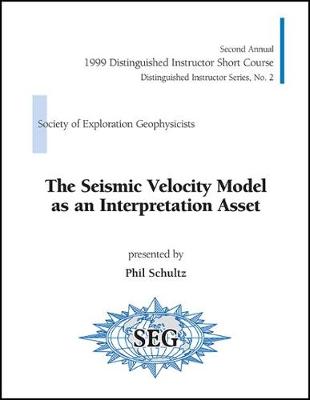Distinguished Instructor
1 total work
A velocity model can have enduring and growing interpretive value, beyond its initial creation to optimize the seismic image. The 3D velocity model often is built carefully with a combination of geophysical and geologic input because of the accuracy demands placed on it by the requirements of depth imaging. As such, this model becomes an increasingly effective interpretive tool. This book, first published for use with the second SEG/EAGE Distinguished Instructor Short Course, addresses ways in which the interpreter should participate in development of the velocity model and underscores the velocity model’s interpretive value with numerous case-study examples. This volume will be invaluable to interpreters who are excited about the prospect of participating actively in the velocity model-building process and who wish to pursue aggressively the additional advantages offered by using the velocity model during interpretation.
